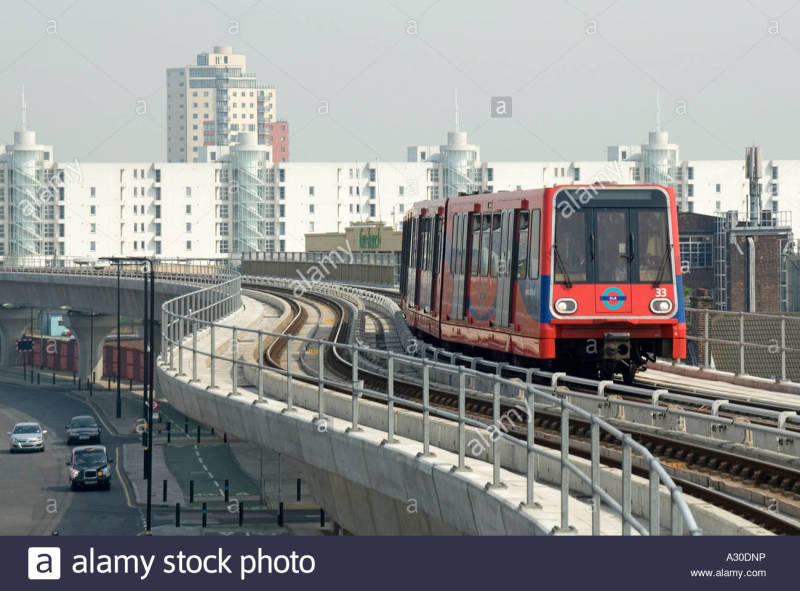Good day!
In our railway project, there are concrete barriers at both guide-way edges.
The formula I used is the one on AASHTO LRFD 2012 Page 13-19
If the barrier is sloping (150mm at top, 200mm at bottom, 1200mm in height), what is the thickness that should be considered when calculating for Mc and Mw?
Can I just use the average (175mm)?
I've read that slopes are added on highway barriers to re-orient vehicles and reduce collision damage. But on trains, the body extends over the wheels by a significant amount, would the slope matter?
If the barrier is vertical and could resist collision force, would there be any benefits in adding a slope?
Also, in our design criteria, 1000kN is specified as the collision force. Is this too much for LRT collision force?
Thanks!
In our railway project, there are concrete barriers at both guide-way edges.
The formula I used is the one on AASHTO LRFD 2012 Page 13-19
If the barrier is sloping (150mm at top, 200mm at bottom, 1200mm in height), what is the thickness that should be considered when calculating for Mc and Mw?
Can I just use the average (175mm)?
I've read that slopes are added on highway barriers to re-orient vehicles and reduce collision damage. But on trains, the body extends over the wheels by a significant amount, would the slope matter?
If the barrier is vertical and could resist collision force, would there be any benefits in adding a slope?
Also, in our design criteria, 1000kN is specified as the collision force. Is this too much for LRT collision force?
Thanks!

![[idea] [idea] [idea]](/data/assets/smilies/idea.gif)
![[r2d2] [r2d2] [r2d2]](/data/assets/smilies/r2d2.gif)
